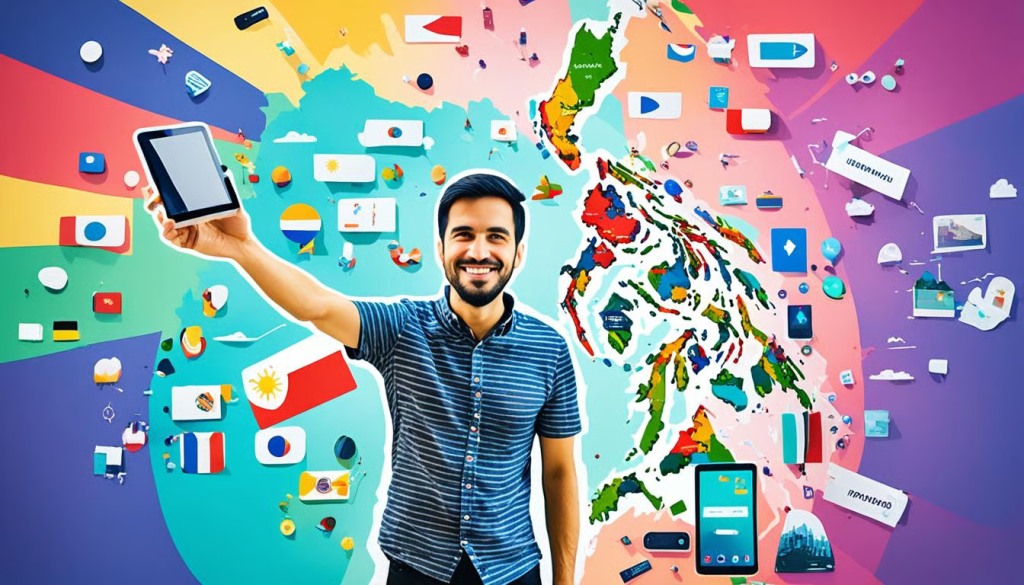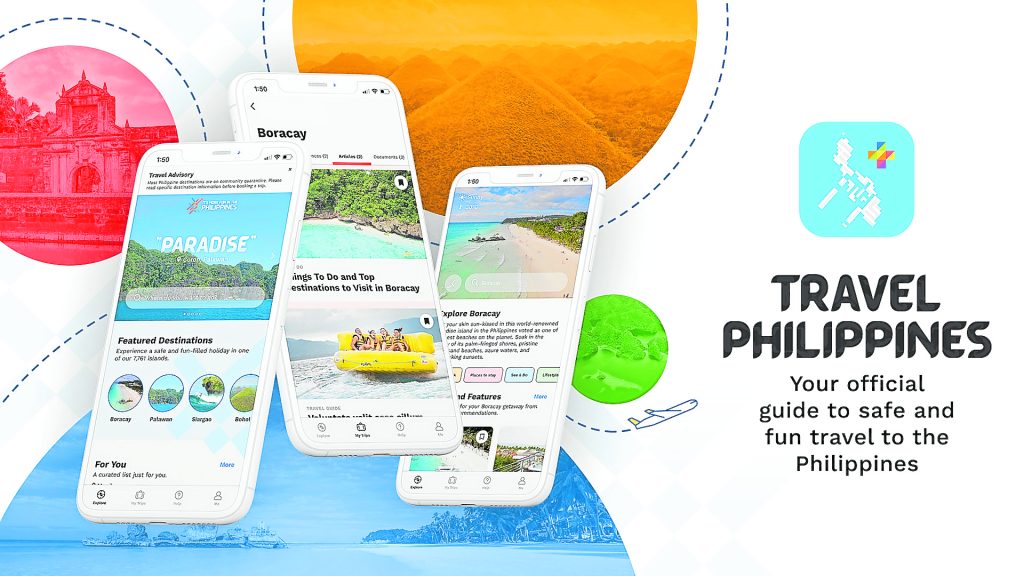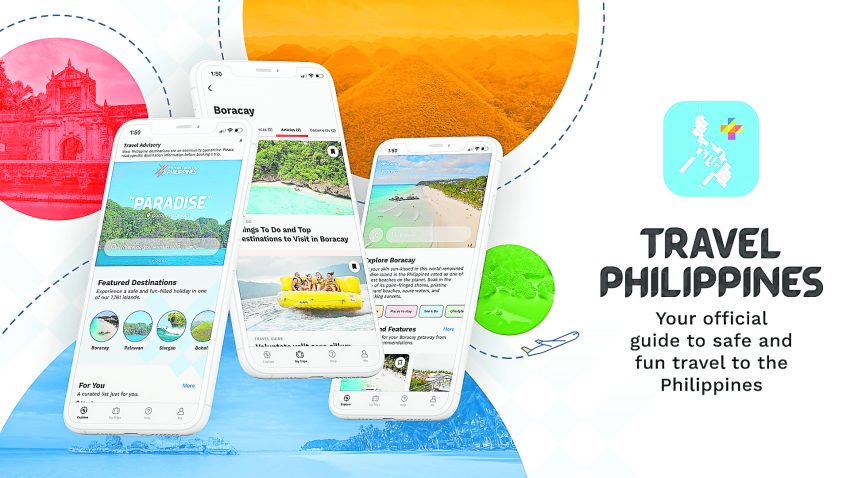The Philippines has undergone a remarkable digital transformation over the past decade, evolving from a country with limited internet access to one of Southeast Asia’s most digitally engaged nations. With over 76 million internet users spending an average of 10 hours daily online—the highest in the world—Filipinos have enthusiastically embraced digital technologies across all aspects of their lives, from communication and entertainment to finance and education.
The Digital Revolution in Filipino Daily Life
Mobile Connectivity
The Philippines is distinctly a mobile-first country, with approximately 97% of internet users accessing the web via smartphones. This widespread mobile adoption has fundamentally changed how Filipinos connect, consume information, and conduct daily activities.
According to digital adoption statistics, smartphone penetration in the Philippines reached 61% in 2022, with this figure projected to exceed 70% by 2025. The affordability of entry-level smartphones coupled with increasingly competitive data plans has democratized internet access across socioeconomic classes.
Social Media’s Cultural Impact
Filipinos consistently rank among the world’s most active social media users, with the average Filipino spending nearly 4 hours daily on various platforms. This deep integration of social media into Filipino culture has:
- Transformed communication patterns
- Created new forms of social interaction
- Established alternative channels for news consumption
- Enabled digital entrepreneurship opportunities
- Reshaped political discourse and civic engagement
Facebook remains the dominant platform, with an estimated 83.85 million Filipino users, followed by YouTube, TikTok, and Instagram. These platforms have become essential tools for maintaining family connections, particularly for the millions of Filipinos working overseas.

Digital Financial Services: The E-wallet Revolution
The Philippine financial landscape has been dramatically transformed by digital innovation. With approximately 70% of the population unbanked or underbanked, e-wallets have emerged as a critical solution for financial inclusion.
Growth of Mobile Payment Systems
E-wallet adoption has surged, with services like GCash and PayMaya becoming household names. These platforms offer:
- Cash-in and cash-out services through extensive partner networks
- Bill payment functionality for utilities, government fees, and services
- Peer-to-peer money transfers
- Online and in-store payment capabilities
- Micro-investment options
- Access to loans and credit
The COVID-19 pandemic significantly accelerated e-wallet adoption, with transaction volumes increasing by over 150% in 2020 alone. Government programs distributing aid through these platforms further normalized their use among previously hesitant demographics.
E-commerce and the New Shopping Paradigm
The Philippine retail landscape has undergone a fundamental shift with the rapid expansion of e-commerce. Major platforms like Shopee and Lazada have become digital shopping malls, while social commerce through Facebook, Instagram, and TikTok has created alternative marketplaces that align with Filipino social behaviors.
Unique Aspects of Philippine E-commerce
Several distinctive factors shape the local e-commerce ecosystem:
- Social shopping experience: Filipinos prefer platforms that integrate social elements and direct seller communication.
- Cash on delivery: Despite digital payment growth, COD remains the preferred payment method for 60-70% of online purchases.
- Live selling phenomenon: Real-time video product demonstrations with interactive customer engagement have become a powerful sales channel.
- Micro-entrepreneurs: Social media has enabled thousands of small-scale online businesses, from home bakers to handcrafted item sellers.

Digital Entertainment Consumption
Entertainment consumption in the Philippines has shifted dramatically toward digital platforms. Streaming services, mobile gaming, and digital content creation have become central to Filipino leisure activities.
Streaming and On-Demand Content
Filipinos have enthusiastically adopted video streaming platforms, with YouTube being the most universally used service. According to technological impact research, paid subscription services like Netflix, Viu, and HBO Go have seen substantial growth, particularly in urban areas.
Local content providers have responded to this shift, with major networks developing their own streaming platforms featuring Filipino programs and movies. This digital transition has enabled the preservation and wider distribution of Filipino cultural content.
The Gaming Phenomenon
Mobile gaming has become a significant cultural force in the Philippines, with an estimated 43 million gamers nationwide. Popular titles like Mobile Legends, PUBG Mobile, and Call of Duty Mobile have created new social communities and even career opportunities through e-sports.
Gaming has transcended pure entertainment to become:
- A social activity connecting friends and communities
- A legitimate career path through professional gaming and content creation
- An alternative income source through in-game item trading and account development
- A cultural touchpoint referenced in mainstream media and conversations
Remote Work and Digital Education
The pandemic accelerated the adoption of remote work and online learning models, many of which have remained in place even as restrictions have eased.
The Work-From-Home Transition
Many Filipino companies, particularly in the business process outsourcing (BPO) sector, have adopted hybrid work arrangements. This shift has:
- Reduced commuting time in congested urban areas
- Enabled greater workforce participation from provincial areas
- Created new demands for home office equipment and reliable internet services
- Prompted development of co-working spaces in residential neighborhoods
Online Education Evolution
Educational institutions at all levels have incorporated digital tools into their teaching methodologies. While the initial transition to online learning presented significant challenges, it has also:
- Expanded access to educational resources for remote communities
- Introduced new teaching methodologies leveraging multimedia content
- Created opportunities for international education without physical relocation
- Developed digital literacy among both students and educators

Challenges in the Philippine Digital Landscape
Despite impressive progress, the Philippines faces significant challenges in its digital transformation journey:
The Digital Divide
While urban areas enjoy relatively robust connectivity, many rural communities still lack reliable internet access. This digital divide risks exacerbating existing socioeconomic inequalities as essential services increasingly move online.
Efforts to address this include:
- Government initiatives to improve telecommunications infrastructure in underserved areas
- Free WiFi programs in public spaces
- Private sector investments in expanding network coverage
- Community internet sharing arrangements in remote locations
Cybersecurity Concerns
As digital adoption accelerates, cybersecurity threats have proliferated. Phishing scams, identity theft, and online fraud have become prevalent concerns, particularly as many new internet users lack digital literacy skills to identify potential risks.
Data Privacy and Protection
The implementation of the Data Privacy Act has improved the regulatory framework for personal data protection, but many Filipinos remain unaware of their digital rights and how to safeguard their information online.
Recommended Resources
For those looking to expand their understanding of the Philippine digital landscape:
- For comprehensive data on internet usage, social media trends, and digital behaviors across demographic groups, digital adoption statistics from reputable research firms provide valuable insights.
- Those interested in understanding how technology is reshaping Filipino society can explore technological impact research from academic institutions and industry analysts.
- The Department of Information and Communications Technology (DICT) offers resources on government digital initiatives and cybersecurity best practices.
The Future Digital Landscape
Looking ahead, several emerging trends will likely shape the next phase of the Philippines’ digital evolution:
5G Deployment and Enhanced Connectivity
The ongoing rollout of 5G infrastructure promises to revolutionize internet speeds and enable new applications requiring ultra-low latency. This enhanced connectivity will support:
- More sophisticated IoT (Internet of Things) implementations
- Augmented and virtual reality applications
- Advanced telemedicine capabilities
- Smart city developments in urban centers
Artificial Intelligence Integration
AI applications are increasingly being incorporated into services used by Filipinos, from customer service chatbots to content recommendation systems. As these technologies mature, they will further personalize digital experiences and create new possibilities for automation.
Blockchain and Digital Assets
Interest in cryptocurrency and blockchain applications is growing rapidly in the Philippines. From investment opportunities to remittance alternatives, these technologies are gaining mainstream attention and may significantly impact financial behaviors in coming years.
Conclusion
The digital transformation of the Philippines represents one of the most significant cultural and economic shifts in the nation’s recent history. From reshaping how families communicate to creating new entrepreneurial opportunities and modernizing traditional industries, technology has become deeply interwoven with Filipino daily life.
As the country continues to navigate the challenges and opportunities of this digital evolution, maintaining a balance between technological adoption and preserving cultural values will be essential. With thoughtful development and inclusive policies, the digital lifestyle can serve as a powerful force for positive change, economic growth, and improved quality of life for all Filipinos.
FAQ: Digital Lifestyle in the Philippines
Q: What is driving the rapid adoption of digital technologies in the Philippines?
A: Key factors include affordable smartphones, improving internet infrastructure, a young population eager to embrace new technologies, the need to connect with overseas Filipino workers, and the practical benefits digital tools offer in navigating daily challenges like traffic and bureaucracy.
Q: How are traditional Filipino values adapting to the digital age?
A: Digital tools have largely reinforced rather than replaced core Filipino values. Family connectedness, for instance, has been enhanced through video calls with overseas relatives. Social media reflects the Filipino emphasis on community, while e-commerce has adapted to incorporate trust-building social elements.


